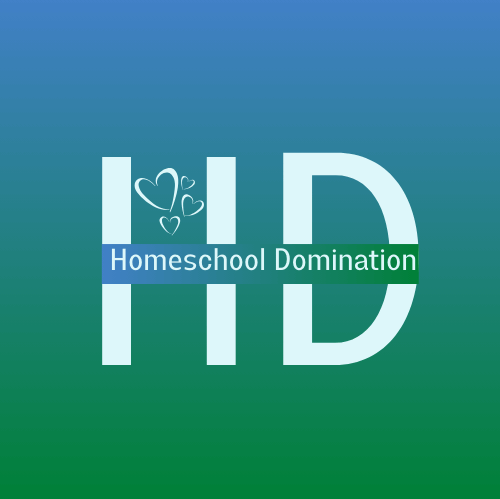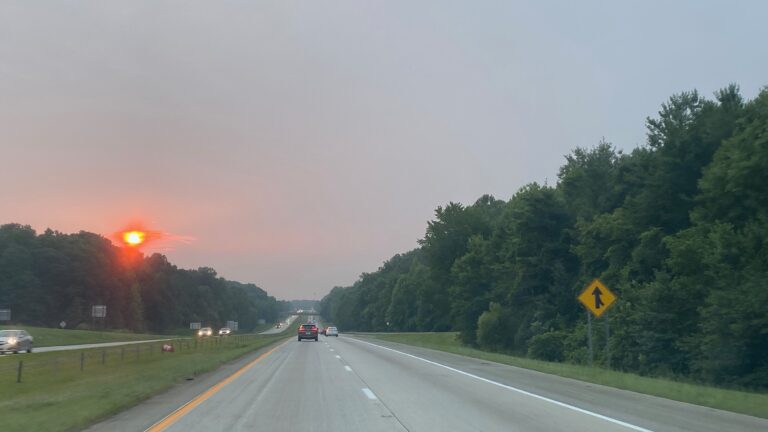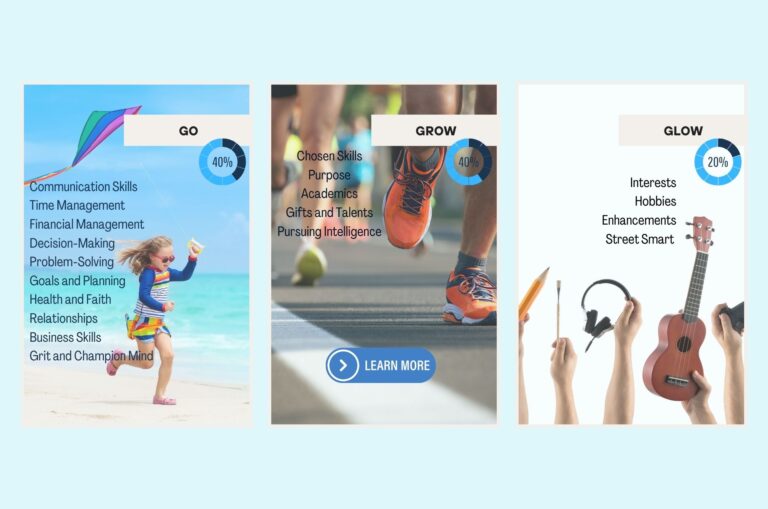How to Spend a Perfect Learning Weekend In Every National Park: The Classic Adventure
Our homeschooling family was looking for a beach adventure and we ended up in Outer Banks, North Carolina, commonly called OBX. As a homeschooling family, we are always on a look out for learning opportunities every time we travel so that when we saw a sign that says Wright Brothers National Memorial our learning minds started to lit.
Little did we know that we are about to uncover hidden learning opportunities via the National Parks. With what originally intended for a beach adventure turned into a national park learning adventure. That started our journey to visit national parks in the United States. Throughout those journeys, we have collected several tips for you on how to spend a perfect learning weekend in every national park.
In this series, we explore how families, homeschoolers, and lifelong learners can spend a weekend in each U.S. national park with purpose and excitement. This first edition focuses on the Classic Adventure—where exploration, hands-on learning, and heart-pumping experiences make every moment count.
Whether you’re planning your next road schooling trip or seeking a weekend escape packed with meaning, this guide will help you turn any national park visit into a memorable, educational journey.
Why National Parks Make the Best Learning Destinations
National parks aren’t just destinations for hiking and sightseeing—they’re immersive classrooms where nature, history, science, learning and adventure intersect. Nature becomes a living classroom while your family gives you that much needed outdoor time. The parks also gives you a lot of options and is accessible for all ages and learning styles.
Essential Tools for a Learning-Packed Weekend
- The National Park Services site is your best resource. It gives information about the visiting hours, tickets, and what are the available parts in the park that is available for your classic adventure. You can search by state or by topic.
- The National Park Trip Planning Guide gives you several checklist to plan your adventure – before, during and after. This guide is a great way to prepare your kids or students to the adventure ahead.
- Pack the 10 Essentials as outlined in the National Park Services website.
- If you haven’t get your Passport to your National Park. For the family, the collector’s edition is the best choice. For the adults, the classic edition is the better choice. For more personalized journaling experience for each of your child, the junior edition is the best choice. Once you have your passports, you can have your passports stamped with you’re in the national park. Note that most parks have several stamps available. So that is a great way to collect stamps as a family or as each students.
- Get Your Annual Pass! This is not required since most parks are free but it gives you a lot of leverage of any national highways or heritage sites that requires tolls, parking or entrance fee. It also gives you and your family free access to the several camping sites available in the national parks. If you’re a 4th grader, go gather your family and pack for something epic because you get a free pass for an entire year!
- Personalize your journey through the National Park Services App! It allows you to keep track of your passes and reservations. It is like having a journal, wallet and guide in one.
- Download other apps that helps in your learning-packed weekend:
- Night Sky
- Plant Identifier
- Insect Identifier
- Rock Identifier
- Bird Identifier
The Framework: How to Structure Your Weekend
Day 0:
- Download the apps, guides, and checklist.
- Create your Journals.
- Book your hotels or camp site
Day 1 Arrival + First Connection
- Settle in and get the lay of the land
- Visit the visitor center and pick up Junior Ranger booklets or activity guides
- Get your stamps on your Passport to National Parks.
- Go for an Introductory hike or scenic drive around the park while spotting for places you’d like to visit on Day 2.
- Reflective journaling, photography and videography, or sketching at sunset.
Day 2 Full on Exploration
- Morning hike with a specific learning focus (e.g. geology, wildlife, ecosystems)
- Lunch + discussion (guided by a prompt or question)
- Afternoon ranger-led activity or hands-on experiment
- Complete your Junior Ranger booklet and get your stamps and
- Campfire storytelling or nature reading
Day 3 Wrap Up + Wonder
- Sunrise activity or birdwatching
- Art or writing session (e.g. create a zine, write a travel poem, sketch landscape layers)
- Share and reflect: what did we learn, what questions remain?
- Depart with an action item: how will we care for nature or keep learning?
Sample Itinerary
- Quick summary of how the 3-day framework fits in this park
- Tips specific to terrain, highlights, and learning opportunities
- Optional printable mini-itinerary or challenge sheet
Our Travel + Learn Stories
Bonus Tips For Parents
- How to guide without lecturing
- Letting kids lead the learning
- Building continuity: connecting park visits to school or homeschool themes
What’s Next In the Series
- Upcoming variations: The Science Explorer, The History Hunter, The Solo Seeker, etc.
- Invitation to subscribe or download the full series guide




![Family reading together with title 9 Homeschooling Mistakes to avoid [2024] from my experience.](https://homeschooldomination.com/wp-content/uploads/2024/02/Homeschool-Domination.CommonMistake.02-768x432.jpg)

